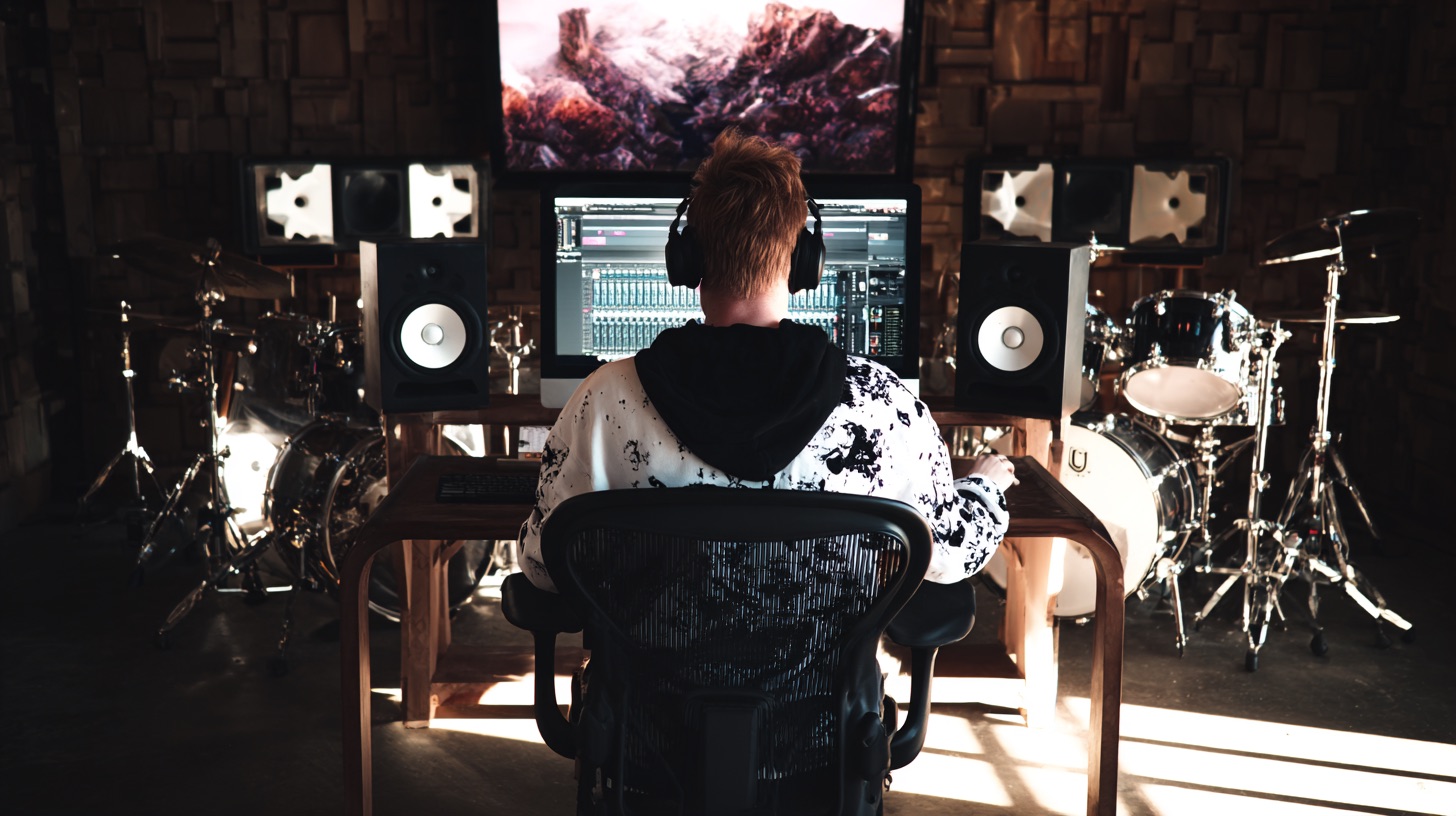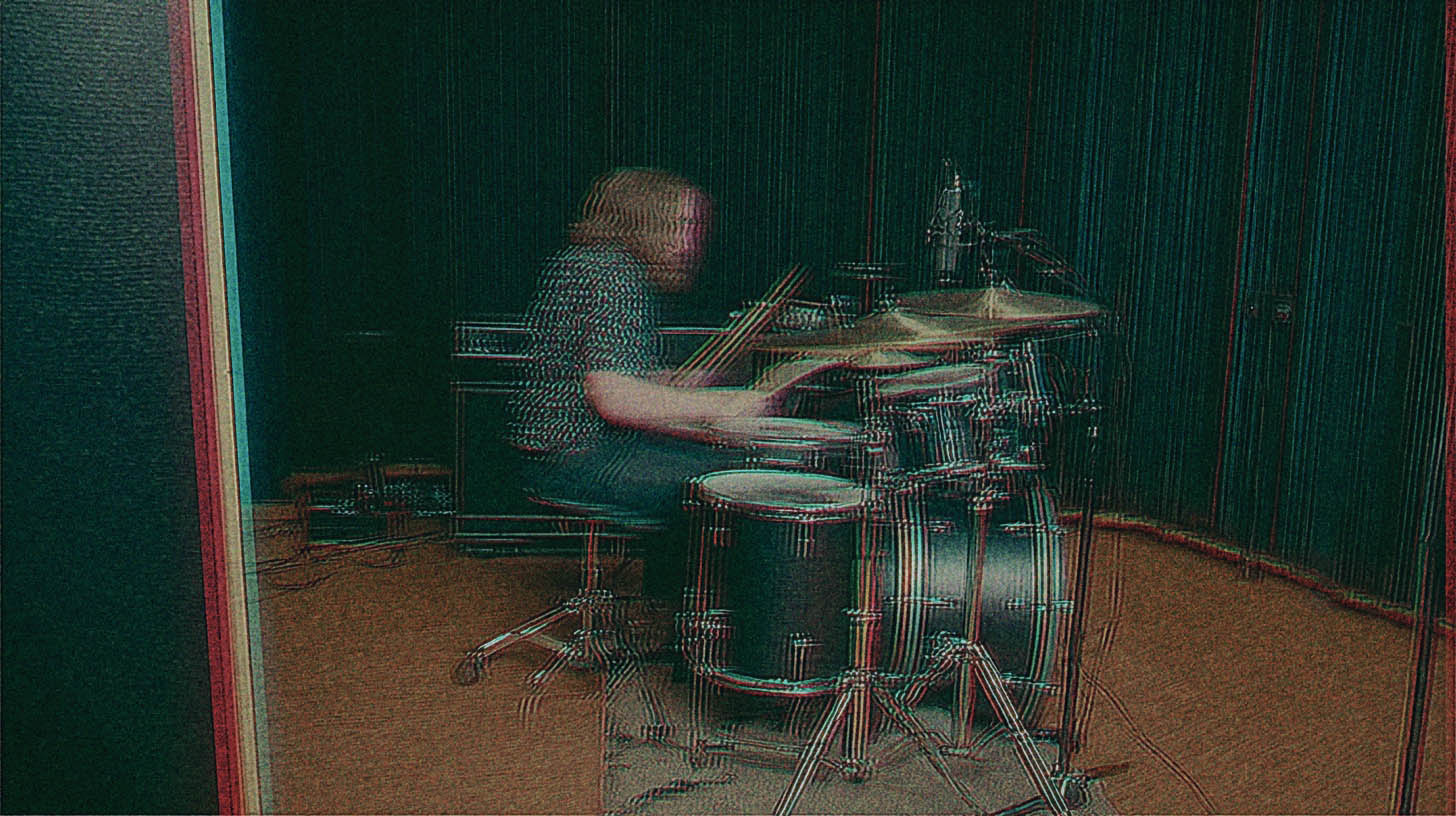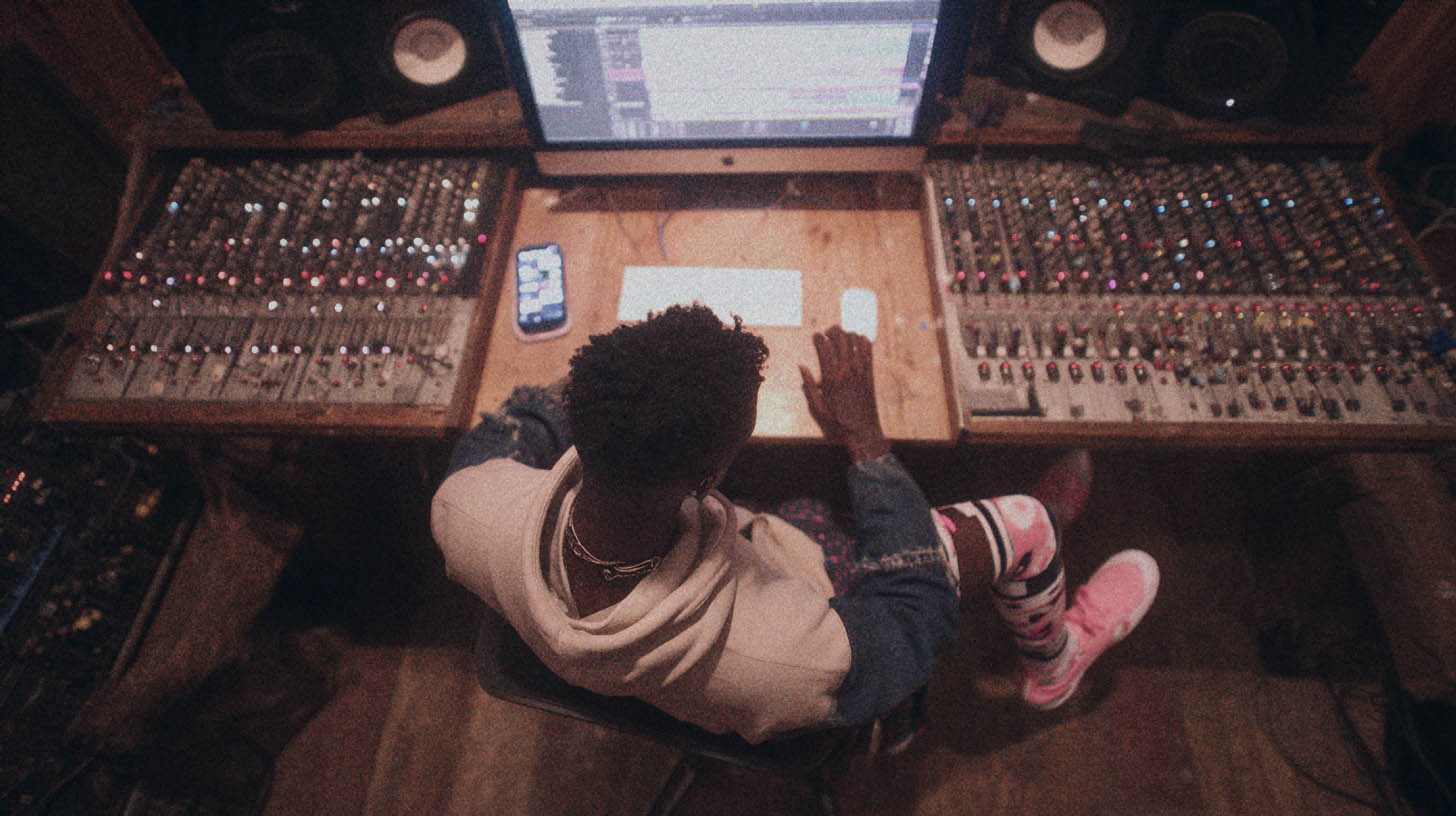
Mixing Lamb of God’s Signature Kick: Machine’s Typewriter Trick
Nail The Mix Staff
Chris Adler’s kick drum sound is the stuff of legend. That relentless, articulate, machine-gun attack is a cornerstone of the Lamb of God sound. While a huge part of that is Adler’s incredible playing, a lot of the magic comes from the studio wizardry of producer Machine, who was determined to craft a kick sound as iconic and unique as the drummer himself.
Inspired by bands like Meshuggah who had a completely signature drum tone, Machine set out to give Lamb of God something just as special. The process involved a ton of experimentation, but the final result came down to two key components: an insanely creative sample choice and a clever bit of stereo-field manipulation that makes the entire mix sound bigger. Let’s break down how he did it.
The Attack: A Kick Drum and a… Typewriter?
To get that unique transient on the kick, Machine didn’t just reach for a typical sample pack. After trying everything from taping metal objects to the drum to sampling broken glass, he landed on something completely unexpected: an old-school typewriter.
He found that the sharp, percussive “tck” of the typewriter keys had the exact metallic click and attack he was looking for. By blending a downloaded typewriter sample with the main kick drum sample, he created a hybrid sound that was both brutally effective and totally original. It’s a killer reminder that sometimes the best sounds come from the most unconventional sources. Getting the right attack means you can then apply smart metal compression secrets to make it punch without losing that initial crack.
Widen Your Mix by Breaking the Mono Mold
Here’s where things get really interesting. The second part of the sonic puzzle is a technique Machine developed to make the entire mix feel wider and more powerful, and it all comes down to the physics of your speakers.
Understanding the Physics: Mono vs. Stereo
Think about your studio monitors. At their core, they are simple devices that just push and pull air to create soundwaves.
- Mono: When you play a mono signal, both speakers are forced to do the exact same thing at the exact same time. Machine compares this to an old wagon with a solid bar for an axle. If one wheel hits a rock, the entire back end has to jolt up. It’s rigid and locked together.
- Stereo: A stereo signal is like a modern car with independent suspension. Each speaker can move independently, creating a sense of width and space. It can handle bumps and inconsistencies smoothly.
The problem? Blasting double-kick drums are traditionally a mono instrument. When you have a rapid-fire kick pattern hammering away in the center of a wide stereo mix full of panned guitars, you’re telling your speakers to constantly switch from smooth, independent suspension to that rigid, locked-up mono axle. This can make your wide guitars feel like they’re momentarily collapsing toward the center, robbing the mix of its power and width.
The Solution: Creating “Imperfect” Stereo Kicks
Machine’s solution was to make the double-kick hits fractionally stereo. Not enough to sound obviously panned, but just enough to break the perfect mono vs. stereo signal and let the rest of the mix breathe.
The Sampler Setup
This was achieved using a sampler, where he could trigger different samples for different velocities or patterns. The setup was simple but effective:
- A Center Sample: The main kick sound for standard, single hits.
- Two Alternating Samples: These were used for the fast double-kick parts, toggling back and forth between them.
Detuning and Panning for Width
This is where the magic happens. The two alternating kick samples were made deliberately imperfect:
- Pitch: One sample was pitched slightly sharp, and the other was pitched slightly flat. This mimics how two real-life kick drums would never be tuned identically.
- Panning: The samples were also panned a tiny, almost imperceptible amount to the left and right. We’re talking a value of maybe 2 or 3 on a 100-point panner. You can’t “hear” the pan, but the speakers can feel it.
By doing this, the double-kick drum part is no longer a perfect, phase-locked mono signal. It tricks the speakers into staying in “independent suspension” mode. The result is that the wide stereo guitars don’t get constricted, and the entire mix feels bigger, more open, and more powerful, all because of a subtle change to the kick drum. It’s a masterclass in how strategic drum mixing can enhance the entire sonic image, not just a single instrument.
Putting It All Together for Your Mix
These techniques are powerful because they’re both creative and deeply technical. Blending a unique sample like a typewriter for attack and then using subtle de-tuning and panning to enhance your stereo field are pro moves you can apply to your own productions right now.
Lamb Of God on Nail The Mix
Machine mixes "Redneck"
Get the Session
Want to see exactly how producers like Machine build these groundbreaking tones from scratch? This is the kind of in-depth knowledge shared every month at Nail The Mix. You get the real multi-tracks from bands like Lamb of God and watch the original producer mix the song live, explaining every plugin, fader move, and creative decision. If you want to move beyond presets and truly unlock your own sound, seeing it done in real-time is the ultimate way to learn.
You can dive deep into this exact session and download the multi-tracks to try these techniques yourself with Machine’s Nail The Mix session for Lamb of God. Go ahead, grab a typewriter sample and see what you can create.
“`







